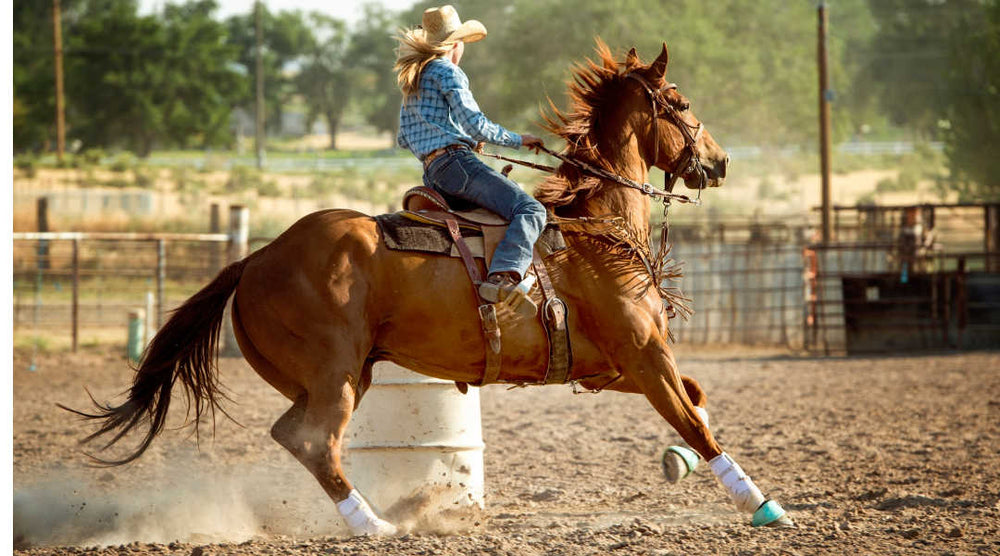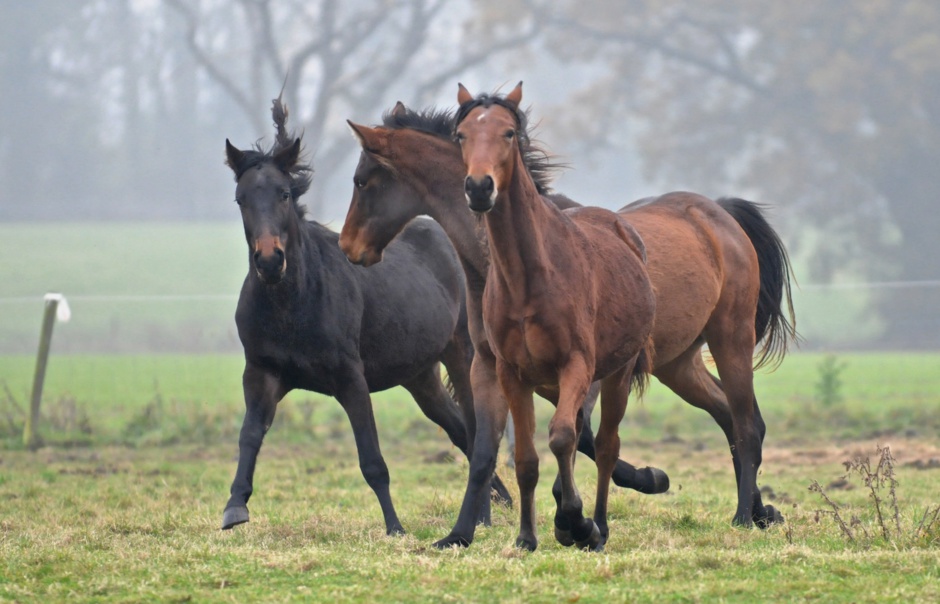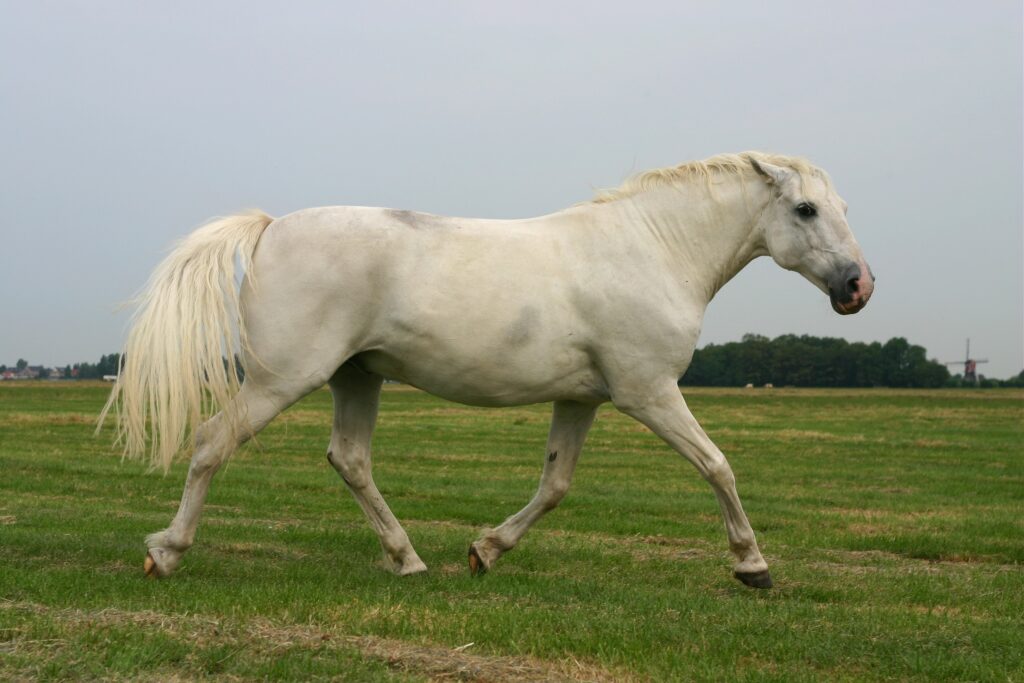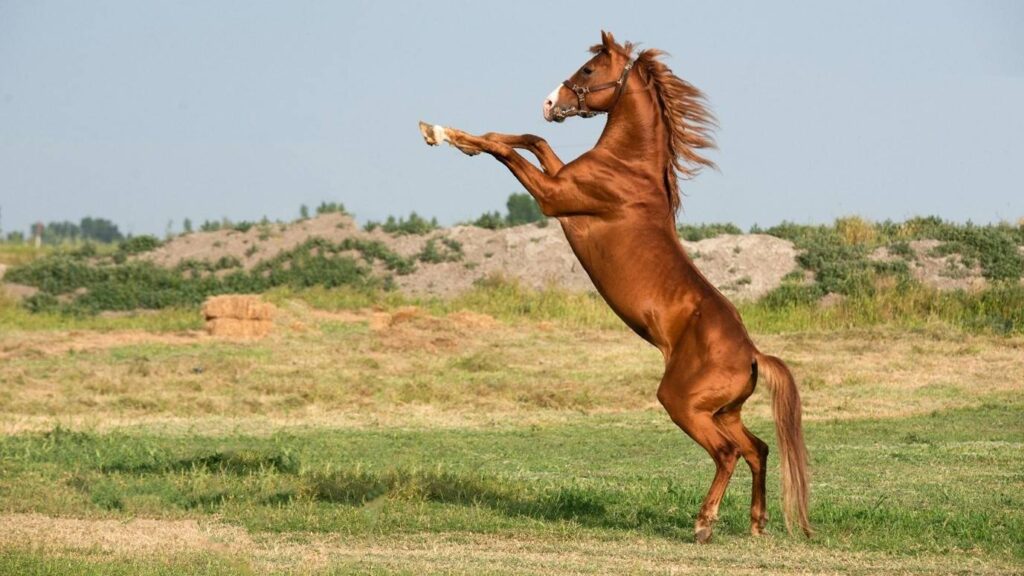Training a horse requires patience, understanding, and an effective horse reinforcement strategy. This strategy is not just about correcting unwanted behaviors but also about encouraging desired actions. By using reinforcement, you can create a strong bond with your horse and improve its performance.

Understanding Horse Behavior
To implement an effective horse reinforcement strategy, one must first understand horse behavior. Horses are naturally social animals that thrive on interaction. They rely heavily on body language and vocal cues to communicate. Recognizing these signals can help you tailor your training approach effectively.
The Science of Reinforcement
Reinforcement in horse training involves using positive and negative stimuli to encourage or discourage behaviors. Positive reinforcement involves adding a pleasant stimulus to encourage a behavior, while negative reinforcement involves removing an unpleasant stimulus to encourage a behavior.
Importance of Positive Reinforcement
Positive reinforcement is a highly effective aspect of the horse reinforcement strategy. When a horse associates a behavior with a reward, it is more likely to repeat the action. This could range from treats to verbal praise or even a gentle pat.
Understanding Negative Reinforcement
Negative reinforcement should not be confused with punishment. Instead, it involves removing something the horse finds unpleasant when they perform the desired behavior. For example, releasing pressure when a horse moves in the desired direction.
Implementing Reinforcement in Training
Implementing the right reinforcement strategy involves observing your horse and understanding what motivates it. Some horses respond well to treats, while others may prefer physical affection or verbal praise. Consistency is key in ensuring your horse understands the connection between its actions and the rewards.
Choosing the Right Reinforcement
Each horse is unique and may respond differently to various types of reinforcement. It’s essential to experiment and observe which type of reinforcement works best for your horse. This could involve trying out different treats, praise, or methods of affection.
Common Mistakes in Horse Reinforcement
One of the most common mistakes in horse training is inconsistency. Horses need consistent signals to understand the link between their actions and the outcomes. Inconsistent reinforcement can confuse the horse and delay the training process.
Avoiding Over-Reinforcement
While it may be tempting to reward your horse frequently, over-reinforcement can lead to dependency on rewards rather than forming a genuine understanding of the desired behavior.
Benefits of a Strong Reinforcement Strategy
A well-implemented horse reinforcement strategy can result in a well-behaved, responsive horse. It can improve communication between the horse and the trainer, leading to a more enjoyable training experience.
Building Trust with Your Horse
Reinforcement strategies are not just about training but also about building trust. When a horse knows that it will be rewarded for good behavior, it is more likely to trust its handler and perform well under various circumstances.
Resources for Horse Training
For those interested in delving deeper into horse reinforcement strategies, resources such as the Royal Horse’s guide on training methods can be invaluable. Moreover, visiting sites like Horse Rookie’s training tips can provide further insights into effective training techniques.
Conclusion
The right horse reinforcement strategy can make a substantial difference in your horse’s training. By understanding your horse and applying consistent reinforcement, you can enhance your training sessions and develop a stronger bond with your horse.

FAQ
What is the difference between positive and negative reinforcement?
Positive reinforcement involves adding a pleasant stimulus to encourage behavior, while negative reinforcement involves removing an unpleasant stimulus to encourage behavior.
Can reinforcement strategies work for all horses?
Yes, reinforcement strategies can be tailored to suit individual horses, making them effective for all types.
How do I know which reinforcement is best for my horse?
Experiment with different types of reinforcement and observe your horse’s response to determine what works best.
This article contains affiliate links. We may earn a commission at no extra cost to you.







